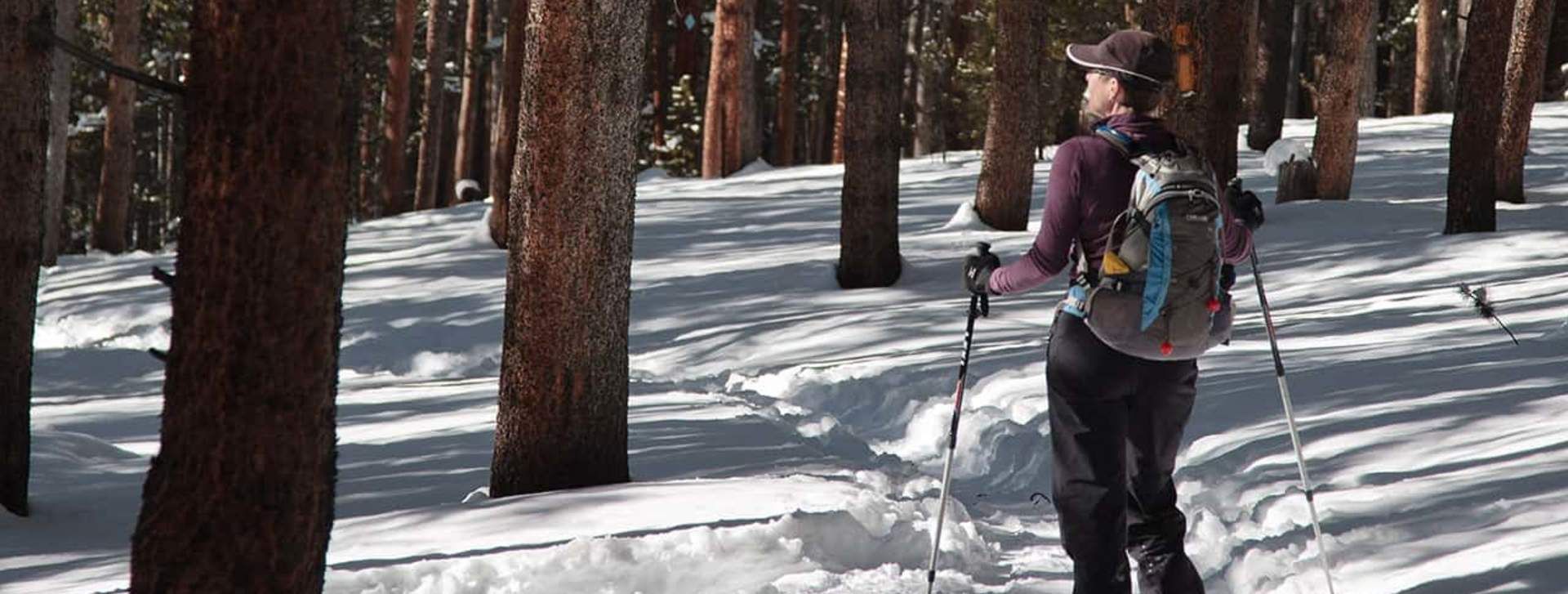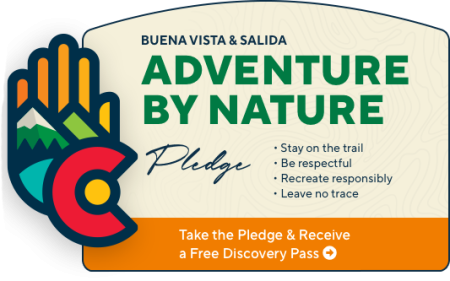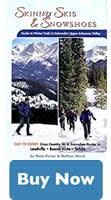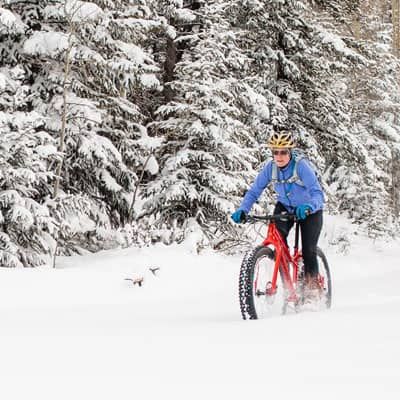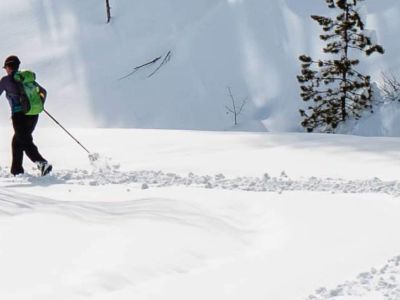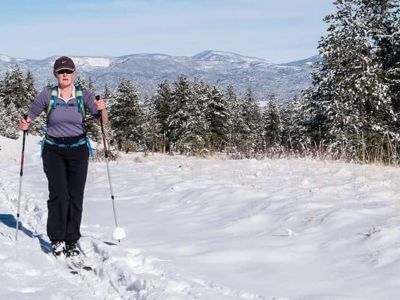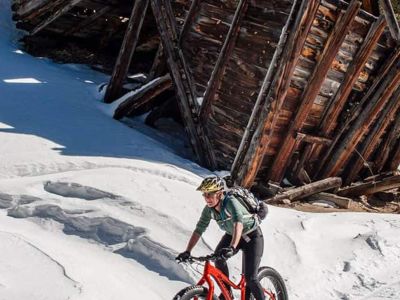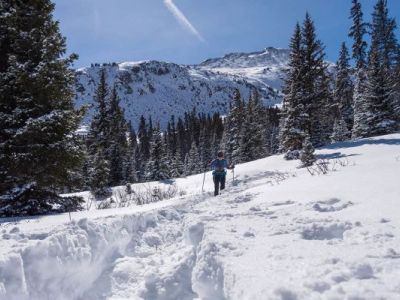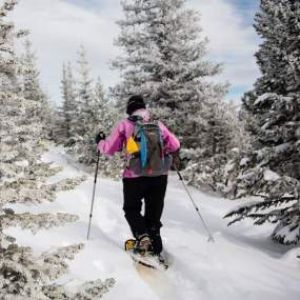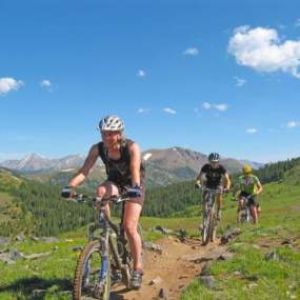- Things To Do
- Aerial Parks & Zipline Tours
- Art Galleries
- Biking
- Camping
- Drive in Theater
- Farms & Farmers Market
- Fishing
- Golf
- Hiking and Backpacking
- Horseback Riding
- Hot Springs
- Hunting
- Libations Loop
- Museums Historical Tours
- Live Music
- OHV
- Pickleball
- Rock Climbing
- Rock Hounding & Gold Panning
- Scenic Drives
- Shopping
- Trail Running
- Winter Activities
- Whitewater Parks
- Whitewater Rafting
- Wildlife Watching
- Restaurants
- Outdoors
- Events
- Lodging
- FREE VISITOR GUIDE
- Home
- Outdoors
- Winter Activities
- Snowshoeing Nordic Skiing
- Monarch Park to the Top of Monarch Pass
MONARCH PARK TO THE TOP OF MONARCH PASS
Buena Vista, Colorado
Published with permission from the guide book:
Skinny Skis and Snowshoes – Guide to Winter Trails in Colorado’s Upper Arkansas Valley by Nate Porter and Nathan Ward.
This guidebook gives detailed information on 25 of the best backcountry ski and snowshoe routes in the Upper Arkansas Valley, with trails for every ability level. If you count all the options presented for each trail, the actual number of routes is closer to 60 without even counting the individual trails at the Nordic centers – that is a lot of skiing. If you’re insatiable and need more, look at the sections titled: Other Areas to Explore. Be insatiable.
Monarch Park offers mellow terrain on Monarch Pass for skiers and snowshoers. This route follows a road parallel to the South Arkansas River that then curves up to the current Monarch Pass Road. Even in low snow years, you’ll find good snow at Monarch Park. On the way back to the car, look up for great views of the angular Mount Aetna (13,746 ft.) and Taylor Mountain (13,651 ft.).
Trailhead Access: From the intersection of Highways 50 and 285 in Poncha Springs, drive west on US 50 for 15.5 miles up Monarch Pass. Look for the Monarch Park Campground sign on the left. There is usually plowed parking on the left, but sometimes only a few spaces.
Location: Monarch Pass
Distance: 5.7 Miles – Out & Back with Small Loop
Travel Time: 1.5 – 2.5 Hours
Type of Trail: Road
Aerobic Level: Moderate – Altitude
Technical Difficulty: Ski – Intermediate; Shoe – Novice
Avalanche Danger: Minimal – only during periods of high hazard.
Elevation in Feet: Low Point 10,360, High Point 11,312, Climbs/Descends 983
Land Status: USFS
Maps: Trails Illustrated #130, #139; USGS Garfield, Pahlone
Notes: You will encounter snowmobiles, so watch out for them. Luckily, this means the surface is packed and smooth.
Novice Option: Ski out-and-back to Mile 2.6.
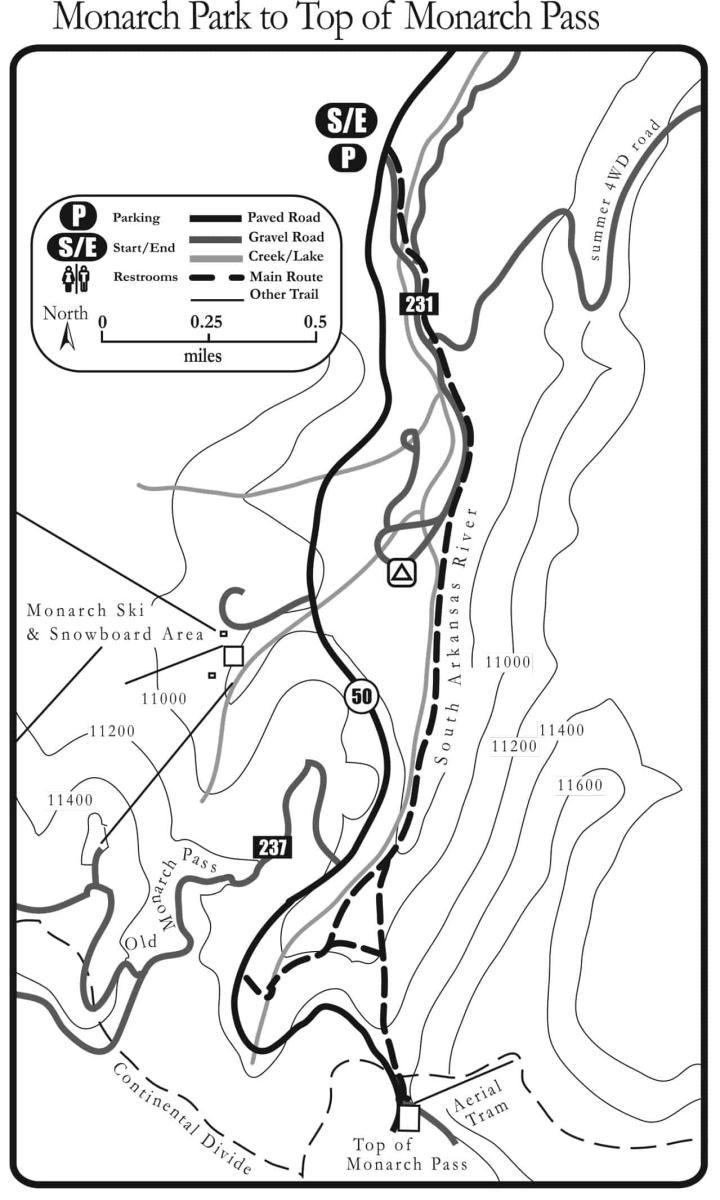

Monarch Park to the Top of Monarch Pass Mileage Log
1.0 Ski down the small hill and along the road. (38°31.71N, 106°19.54W).
0.1 Stay to the right.
0.3 Cross the South Arkansas River and stay right.
0.5 Turn left on the road FSR 231A.
0.6 Stay right at this intersection. After 40 yards or so, go around the gate that blocks the road, though it may be covered by snow. Continue up the low angle road through the trees.
1.9 Take the gradual road to the right, the steep uphill track to the left leads to the top of the pass (38°30.26N, 106°19.49W).
2.0 Intersection with the Continental Divide Trail (CDT). Take the CDT left – look for blue diamonds on the trees that mark the trail (38°30.24N, 106°19.58W). Parallel the two small creeks, always keeping them on your right – there may be a snowmobile trail, or not.
2.2 Climb a short, steep hill. Beginner skiers may want to walk up it. Otherwise, sidestep or use herring bone steps to surmount this obstacle. At the top of the hill, turn right on a narrow road toward US 50. There is no sign at this intersection (38° 30.09N, 106° 19.70W).
2.5 Another road comes in from the left; stay right.
2.6 Reach the highway and the turnaround spot (38° 30.03N, 106° 19.92W). Turn around and ski back to the top of the steep hill.
3.0 At the top of the hill (38° 30.09N, 106° 19.70W) you have the choice of either turning left down the hill for an easier out and back route, or turning right through the trees for the more challenging loop route to the top of the pass. This trail description follows the route to the top of the pass. Ski the flattish path through the trees to a small clearing.
3.1 Enter this clearing (38° 30.05N, 106° 19.55W) and stay slightly uphill to your right where you’ll intersect another path that is almost always kicked in by downhill skiers. Go left here to loop back to the road you came up, or turn right to continue to the top. The description and mileages given from here assume that you’re going to the top. Continue up the trail, which is steep in spots and more suited to skis with skins or snowshoes.
3.4 Top of the trail and top of Monarch Pass (38° 29.84N, 106° 19.54W). Turn around here after a snack and a drink. Enjoy the downhill and watch out for rocks, stumps and other skiers. The downhill path can be steep, fast and adrenaline-packed on skinny skis.
3.9 Turn right on the road – this is the end of the loop. Travel back along the flat road to the trailhead.
5.1 Stay left.
5.4 Stay left and cross the creek.
5.7 Back at the trailhead. Time for a beer in Salida.
Ski & Snowshoe With Care
Backcountry travel is a physically strenuous activity with many risks and dangers. Hazards, natural or manmade, whether noted in this book or not, can be encountered at any time, under any situation. As a backcountry traveler we assume you know your personal abilities, limitations and have a comprehensive background in avalanche safety.
This book represents nothing more than a guide to routes and is not meant to replace your common sense, your ability to navigate in the wilderness or your ability to travel in the backcountry safely.
The mileages, routes and waypoints listed in this text are only suggestions. There may be variances and changes, you may get lost. We recommend that everyone use a global positioning system and topographical map to navigate.
Most routes in this text are located on public land, but some trails pass through or adjacent to private land. Respect the landowner’s rights and obey all signs regarding trail use.
Neither the authors, nor the publisher, nor anyone else mentioned in this book are responsible or liable in any way for any accident, injury or any action brought against anyone traveling any route listed in this book. All backcountry travelers and their companions assume responsibility for themselves. Explore at your own risk, and always tell somewhere where you are going and when you’ll be back.
WINTER BE PREPARED
We want you to have a safe and enjoyable trip into Colorado’s backcountry. Be prepared it could be a long walk out. Be sure to read this list of equipment you should bring on your ride along with tips to make your biking trip more enjoyable.
WINTER TRAIL ETIQUETTE
The winter backcountry is becoming more popular in the Upper Arkansas Valley, which means you need to think of your neighbors while out on the trail. There are no hard and fast rules, but please consider the following:
CORSAR CARD
If you require search and rescue services, it can be costly. Buy a Colorado Outdoor Recreation Search and Rescue (CORSAR) card to protect yourself. Funds from the CORSAR program go into the Colorado Search and Rescue (SAR) Fund. If a CORSAR card holder becomes lost or injured in the backcountry, the Colorado SAR Fund pays eligible search and rescue expenses.
SNOWSHOEING & NORDIC SKIING ROUTES


Recreational Trail Map
Buena Vista Chamber of Commerce
111 E Main St
Buena Vista, CO 81211
Salida Chamber of Commerce
406 W Rainbow Blvd.
Salida, CO 81201
© Chaffee County Visitors Bureau | All Rights Reserved
Site developed by ![]() Agency Tourism Marketing
Agency Tourism Marketing
